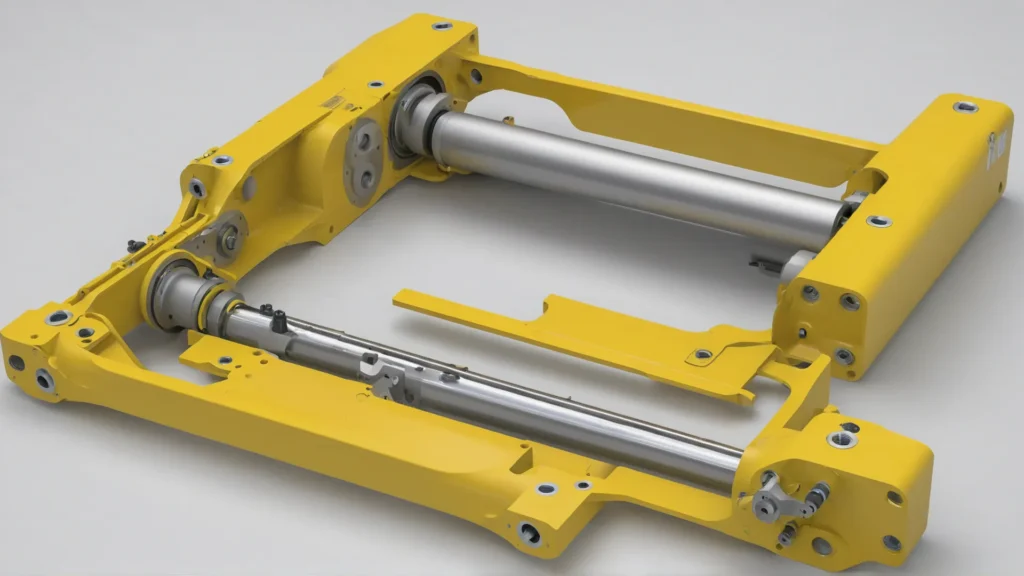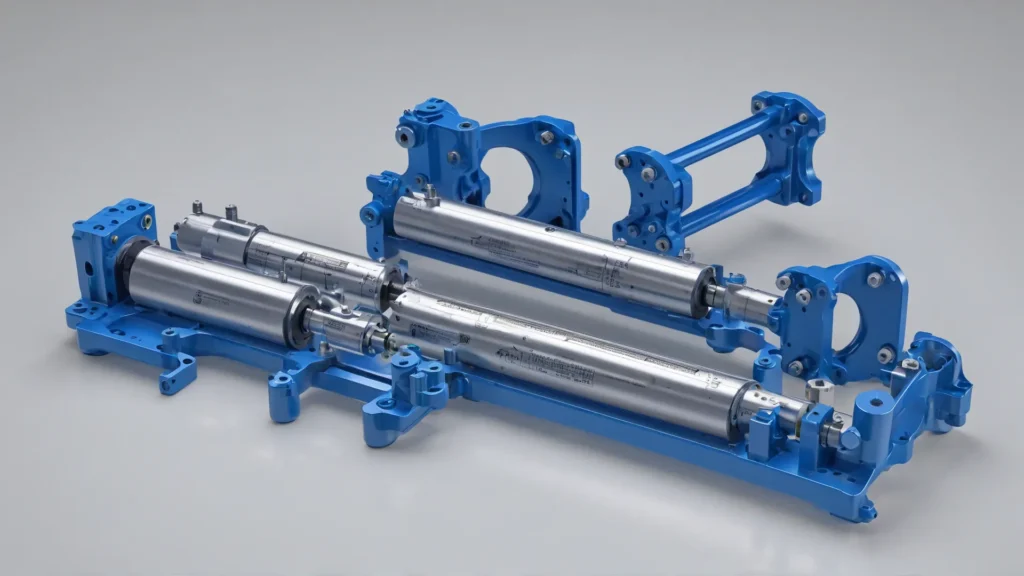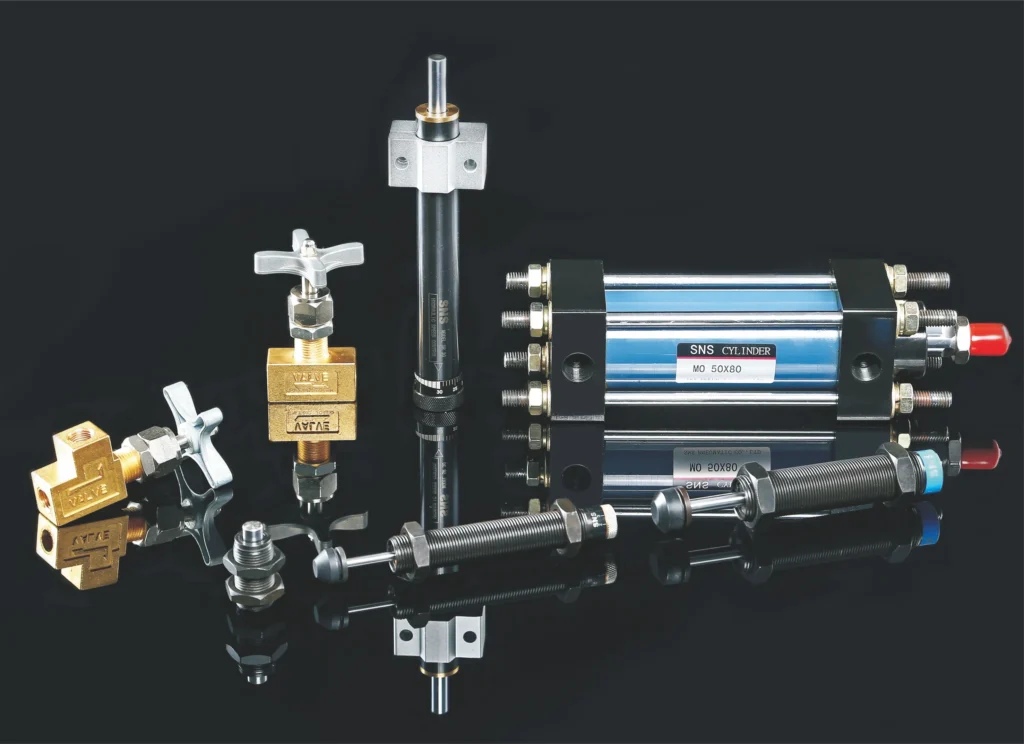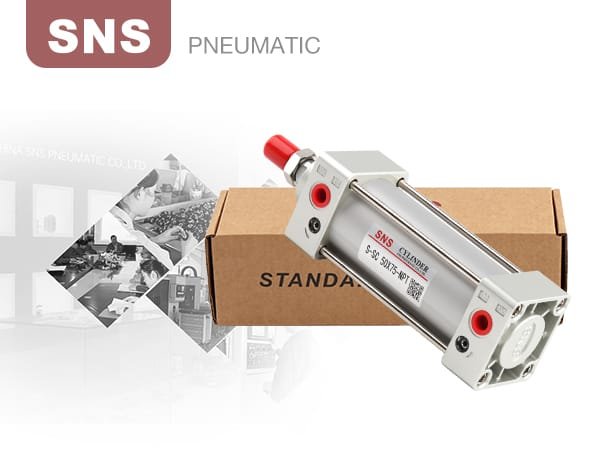What Causes Hydraulic Cylinder Rods To Bend
Have you ever wondered what causes hydraulic cylinder rods to bend? The answer lies in a combination of factors, including improper installation, excessive side loading, and material defects.
When these issues occur, they can put uneven stress on the rod, causing it to bend or even break. Understanding these causes is crucial for preventing damage to your hydraulic cylinders.
Key Causes of Hydraulic Cylinder Rod Bending
1. Side loading
Side loading occurs when the hydraulic cylinder rod experiences forces perpendicular to its axis of motion. These lateral forces can cause the rod to bend, leading to reduced performance and potential failure of the cylinder.
2. Improper cylinder mounting
When cylinders are not mounted correctly, they can be subjected to excessive side loading, which puts undue stress on the rod and can cause it to bend.
3. Rod Diameter Too Large or Too Small
If the rod diameter is too large, it can cause excessive stress on the cylinder walls and lead to premature failure.
On the other hand, if the rod diameter is too small, it may not have sufficient tensile strength to withstand the operating pressures and heavy loads, resulting in bending or complete cylinder failure.
4. Insufficient rod material strength
Hydraulic cylinder rods made from materials with inadequate tensile strength can bend under heavy loads.
5. Misuse beyond design limits
Hydraulic cylinders are engineered to operate within specific design limits, and misuse beyond these boundaries can lead to rod bending. Subjecting the cylinder to excessive loads, pressures, or side loading that surpass its rated capacity can cause the rod to deform or bend.
Improper alignment during installation or operation can also contribute to rod bending, as it introduces uneven stress distribution along the rod’s length.
6. Accidental impact damage
This can occur when the cylinder rod is subjected to sudden, heavy loads or impacts during operation, such as when a skid steer bucket hits a rock or other obstruction.
These impacts can cause the rod to bend or even break, leading to complete cylinder failure.

Best Practices for Preventing Bent Rods
1. Proper cylinder sizing and material selection
The rod diameter should be chosen based on the expected load and stroke length to ensure adequate column strength and resistance to bending forces.
High-quality materials with sufficient tensile strength, such as chrome-plated or induction-hardened steel, should be used for the cylinder rod to withstand the operating pressures and loads.
2. Precision installation and alignment
Using a dial gauge to check the alignment between the cylinder centerline and the machine’s mounting points. Ensure that the maximum allowable run-out is within the manufacturer’s specifications, typically 0.005 inches per linear meter of rod.
Correct any misalignment issues by shimming or adjusting the cylinder mounts.
3. Reducing side loading through design
Proper design can significantly reduce the risk of side loading and subsequent bent rods. Incorporating features such as guides, supports, and alignment mechanisms helps maintain the rod’s proper orientation during operation.
Designers should also consider the expected forces and stresses the rod will experience in its specific application.
4. Operator training and safe use
Operators should be thoroughly educated on the proper handling, installation, and maintenance procedures for the specific equipment they are using.
5. Guarding against impacts
To prevent hydraulic cylinder rod damage from impacts, it’s crucial to install proper guarding and protective measures. This can include using protective sleeves, covers, or shields to absorb and deflect potential impacts.
6. Proactive inspection and maintenance
Inspecting cylinder rods for signs of wear, such as scratches or uneven wear, can help identify potential issues before they lead to complete failure.
Proper alignment of hydraulic hoses and cylinders is essential to avoid excessive stress on the rod. Ensuring adequate lubrication and using high-quality seals can also help prevent premature failure of hydraulic cylinder rods.

FAQs
What should be done if a hydraulic cylinder rod is bent?
If a hydraulic cylinder rod is bent, it should be replaced promptly to prevent further damage and ensure safe, efficient operation of the hydraulic system.
Can operating temperature affect the likelihood of hydraulic cylinder rod bending?
Extreme temperatures can affect the material properties of the rod, making it more susceptible to bending at very high or low temperatures.
Does rod surface finish play a role in preventing bending?
A smooth, polished rod surface helps prevent wear and reduces the risk of bending by minimizing friction and side loading.
In Conclusion
Hydraulic cylinder rod bending can be caused by various factors, including side loading, excessive pressure, and improper installation or maintenance. Identifying the root cause is crucial for preventing future issues.
By following best practices and regularly inspecting and maintaining hydraulic cylinders, you can minimize the risk of rod bending and ensure optimal performance.


